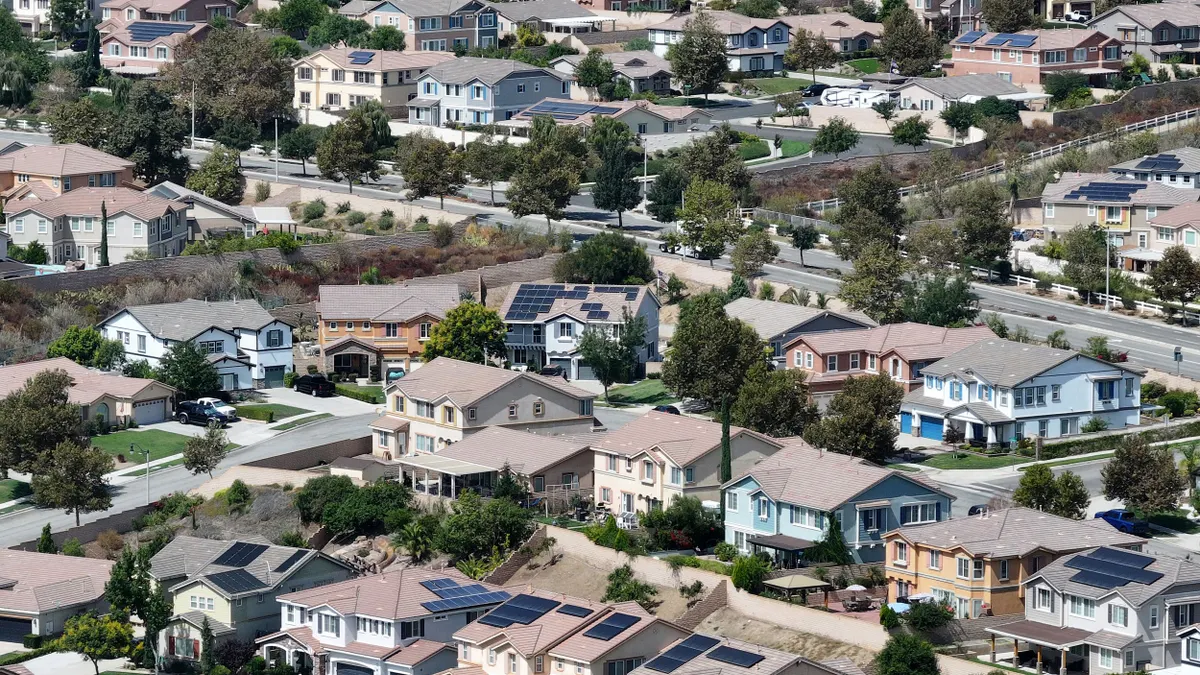California regulators are weighing several important decisions ahead of their July business meeting. Besides addressing concerns of utility bankruptcy and wildfire prevention, they could be voting on two separate proposals to help expand the roles of demand response and energy storage on the grid.
California's demand response auction mechanism (DRAM) has been "successful to a certain extent," but must still be improved before regulators can make it permanent, according to one of the proposals, published Friday in a draft order by the state's Public Utilities Commission (CPUC).
The proposed decision, written by Administrative Law Judge (ALJ) Kelly Hymes, concludes the auction mechanism "requires several immediate critical changes to address its shortcomings in order for the commission to continue its operation."
"To be clear, we cannot expand the role of the Auction Mechanism or adopt it as a permanent mechanism until improvements are evident."

Kelly Hymes
California Administrative Law Judge
The commission launched the DRAM pilot in 2015, allowing utilities to begin procuring aggregated demand response for resource adequacy. In a 2018 decision, the PUC determined results of the pilot were "too complex" to be tackled in an informal review process, and extended the review, which will now continue.
"To be clear, we cannot expand the role of the Auction Mechanism or adopt it as a permanent mechanism until improvements are evident," the proposed decision says.
Regulators created DRAM to encourage new participation in the demand response market while improving the resource's reliability. The proposed decision notes positive indicators resulting from the auction mechanism, including an "encouraging" number of new customers and providers.
The DRAM program is a "pay-as-bid" solicitation through which California's large investor-owned utilities seek monthly demand response system capacity, local capacity and flexible capacity, which contributes to their resource adequacy obligations. Participants in the auction mechanism are required to bid aggregated demand response directly into the CAISO energy markets.
The proposed decision could be considered at the PUC's July 11 business meeting.
The ALJ's recommendation would approve a four-year continuation of the auction mechanism, "beginning with critical improvements in a 2019 solicitation," and establish a procedural schedule to address related policy matters by the end of this year. That would be followed by an informal process to address "technical and contractual improvements" to DRAM.
The decision would also adopt four baseline methods used in trade settlement and calculating DR performance, and recently approved by the Federal Energy Regulatory Commission, and directs IOUs to include a cost proposal and schedule related to implementing them in the capacity bidding program.
The order does not reach a decision on policy changes related to battery energy storage and automated demand response. In April, utilities called for dropping automatic demand response incentives for battery energy storage controls, saying developers are not currently focused on those incentives.
According to the order, the DRAM has been successful in engaging new customers and third-party providers, as well as providing competitive capacity bid prices. However, there were "mixed results" with respect to the timing of aggregating contracted capacity, and in providing reliable resources when dispatched.
The mechanism "was not successful in offering competitive energy prices in the wholesale market, but [we] recognize that the current mechanism design contributed to this inadequacy," the proposed decision concludes.
Proposed changes for SGIP storage budget
Separately, in a proposed decision issued May 31 by Commissioner Clifford Rechtschaffen, commissioners will consider making changes to the state's Self-Generation Incentive Program (SGIP), to ensure that eligible energy storage systems reduce emissions of greenhouse gases.
Like the DRAM proposed decision, regulators could also consider the draft order at their July business meeting.
If approved, the decision would require SGIP program administrators to provide a "digitally accessible final GHG signal" indicating marginal greenhouse gas emissions factors in units of kilograms of carbon dioxide per kilowatt hour (kg/kWh).
The signal is designed to provide storage developers and customers with the information necessary to charge during periods when there is low-emission energy on the grid, and discharge during higher-emission periods.
The decision would also direct program administrators to offer performance-based incentives to new commercial SGIP projects, regardless of system size. Developers of new residential storage projects would be required to enroll customers in an approved time-varying rate, if one is available.
"If such a rate is not available, the customer may install storage with solar-only charging or a solar self-consumption system set to manufacturer-certified settings," the proposed order specifies.





















